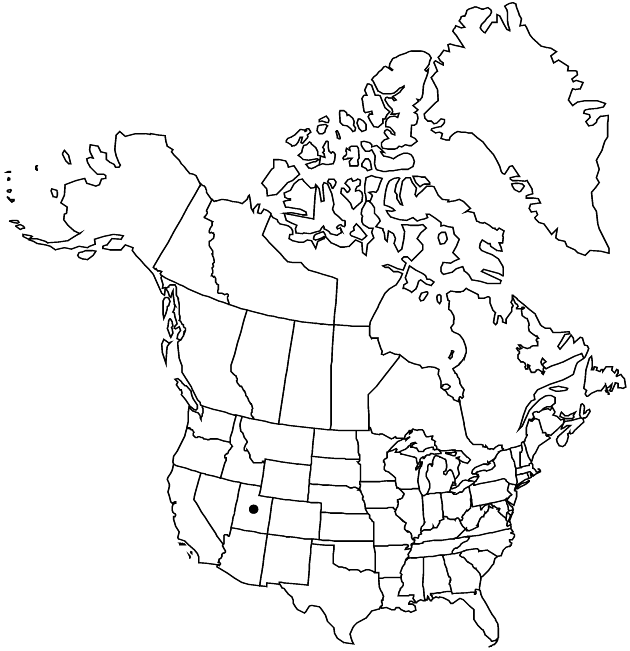Difference between revisions of "Packera musiniensis"
Sida 21: 1643. 2005.
FNA>Volume Importer |
imported>Volume Importer |
||
| Line 6: | Line 6: | ||
|place=21: 1643. 2005 | |place=21: 1643. 2005 | ||
|year=2005 | |year=2005 | ||
| + | }} | ||
| + | |special_status={{Treatment/ID/Special_status | ||
| + | |code=E | ||
| + | |label=Endemic | ||
| + | }}{{Treatment/ID/Special_status | ||
| + | |code=C | ||
| + | |label=Conservation concern | ||
}} | }} | ||
|basionyms={{Treatment/ID/Basionym | |basionyms={{Treatment/ID/Basionym | ||
| Line 52: | Line 59: | ||
|publication title=Sida | |publication title=Sida | ||
|publication year=2005 | |publication year=2005 | ||
| − | |special status= | + | |special status=Endemic;Conservation concern |
| − | |source xml=https:// | + | |source xml=https://bibilujan@bitbucket.org/aafc-mbb/fna-data-curation.git/src/bb6b7e3a7de7d3b7888a1ad48c7fd8f5c722d8d6/coarse_grained_fna_xml/V19-20-21/V20_1324.xml |
|tribe=Asteraceae tribe Senecioneae | |tribe=Asteraceae tribe Senecioneae | ||
|genus=Packera | |genus=Packera | ||
Revision as of 20:45, 27 May 2020
Perennials, 5–10 cm; ± rhizomatous (bases loosely branched, elongated, horizontal to ascending). Stems 1 (sometimes branched from bases), densely white- or gray-tomentose. Basal leaves petiolate; blades oblanceolate, 20–30+ × 5–13+ mm, bases tapering, margins pinnatifid to crenate. Cauline leaves gradually reduced (sessile; proximal and mid nearly equaling basals, distals bractlike). Heads 3–15+ in corymbiform arrays. Peduncles ebracteate, tomentose. Calyculi 0 or inconspicuous. Phyllaries 8–13, yellow-green to purple (or with purplish midstripes), 8–9.5 mm, sparsely tomentose (apices rounded). Ray florets 0 or 1; corolla laminae ca. 6 mm. Disc florets not seen. Cypselae not seen (reported to be glabrous). 2n = 46.
Phenology: Flowering mid Jul–mid Aug.
Habitat: Subalpine and alpine ridges, talus or scree slopes, barren areas on Flagstaff limestone
Elevation: 2900–3300 m
Discussion
Of conservation concern.
Packera musiniensis is a high-elevation dwarf species; its affinities within Packera are still uncertain. Welsh believed it to be allied to P. cana or P. multilobata, or both.
Selected References
None.
